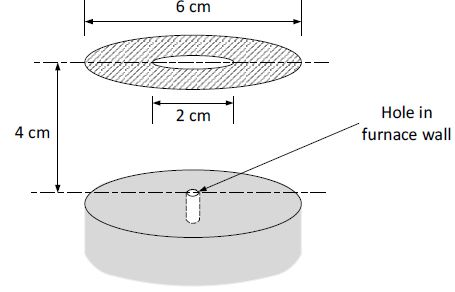

It is well described by the intensity gradient of blackbody radiation that gives rise to a spatially dependent a.c. Here, we show that spatially inhomogeneous blackbody radiation produces a much higher acceleration at the μm s −2 level pointing towards the source, even near room temperature. However, the scattering rate for room-temperature blackbody radiation is small, leading to only mm s −1 velocity changes in hundreds of thousands of years for the caesium D line, for example. Thermal radiation from a heated source should also result in a repulsive radiation pressure on atoms through absorption of photons 4, 5, 6, 7. They have thus become important to precision timekeeping 3, and for applications such as improving time standards, relativistic geodesy and searches for variations of fundamental constants. For example, minuscule shifts of atomic energy levels due to room-temperature blackbody radiation have become leading influences in atomic clocks at or beyond the 10 −14 level of accuracy 2. Quantum technology continues to turn formerly unmeasurable effects into technologically important physics. This observed force dominates over both gravity and radiation pressure, and does so for a large temperature range. Stark shift gradient of the atomic ground state in the thermal radiation field 1. The force is in good agreement with that predicted from an a.c. Using atom interferometry, we find that this force scales with the fourth power of the cylinder’s temperature. In this work, we measure an attractive force induced by blackbody radiation between a caesium atom and a heated, centimetre-sized cylinder, which is orders of magnitude stronger than the outward-directed radiation pressure. However, atoms also interact coherently with the thermal electromagnetic field. Thus, it is generally assumed that any scattering force exerted on atoms by such radiation is negligible. At room temperature, a caesium atom scatters on average less than one of these blackbody radiation photons every 10 8 years. Objects at finite temperature emit thermal radiation with an outward energy–momentum flow, which exerts an outward radiation pressure.


 0 kommentar(er)
0 kommentar(er)
